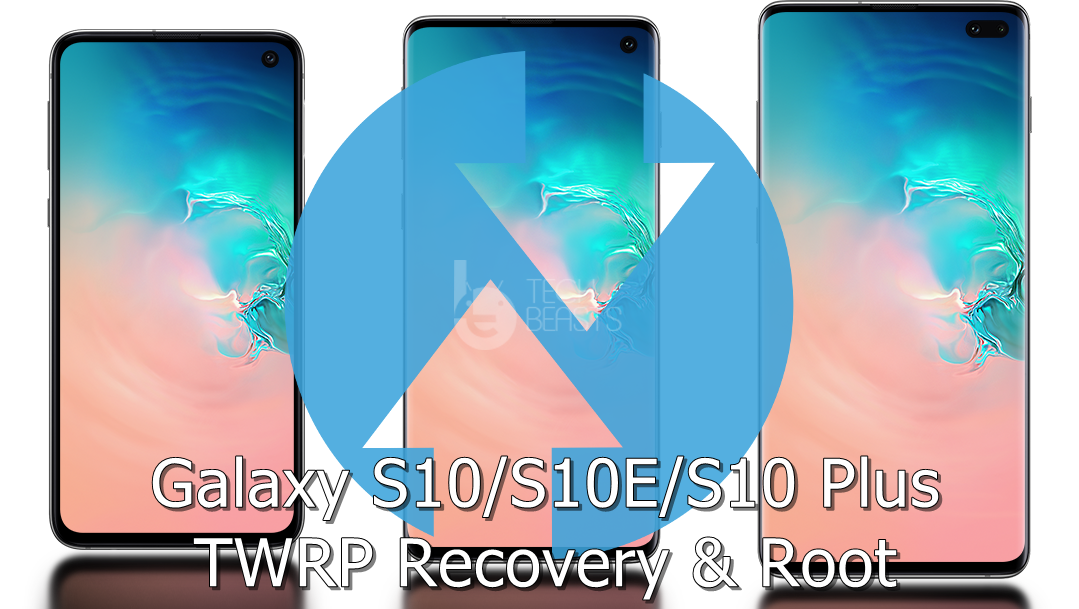fLG G Pad is LG’s 2014 tablet. G Pad 7.0 emerged up as a great competitor to Samsung’s Galaxy Tab 3. A good choice it is for kids specially. On the front of this tab we have a 7.0 IPS display with 800 x 1200 pixels and 216 ppi. Under the hood we have 8 GB internal storage and 1 GB of RAM. On the front there’s a 1.3 MP shooter while on the back there’s a 3.5 MP shooter for pictures. G Pad 7 is powered up with Qualcomm’s Snapdragon 400 Quad Core CPU clocked at 1.2 GHz. LG has added a massive 4000 mAh battery to give life to the G Pad 7. Out of the box, G Pad 7 can be found running on Android 4.4.2 KitKat.
LG sure has done a great done with the G Pad series. The G Pad 7 is a choice of thousands of users, just in case you happen to be one of those happy G Pad 7.0 users, you would love to explore your device a bit more by going a little out of the boundaries set by LG. Since Android is a vast world, there are no impossibilities and no limits. But to achieve that limitless behaviour on your device, you need to gain the root access first of all, and that is the purpose for us being here right now. In the following guide we are going to root the LG G Pad 7.0 V400 & LTE or AT&T G Pad 7 V410 using Towelroot and PurpleDrake. If you’ve been looking for a method to root your device, this may be the best one to go with. Let’s go through some early installation preparations and then root the device.
Early Preparations:
- This guide is only intended for LG G Pad 7 V400 & V410 owners. Don’t try it on any other device. Check your device’s model number in Settings > About Device > Model.
- Download and install LG USB drivers.
- Back up all your important data, contacts, text messages and call logs. This is highly recommended so that in case of any mishap, you’re able to restore all of your important data.
- Follow this guide to the letter to avoid any mishap.
Disclaimer: The methods involved in flashing custom recoveries, roms and rooting your phone are highly custom and may result in bricking your device, and has nothing to do with Google or the device manufacturer that is LG in our case. Also rooting your device will void its warranty and you will be no longer eligible for any kind of free device services by the manufacturers/warranty providers. Follow these instructions to the letter to avoid any mishap or bricking. Make sure that whatever you do, you are doing it at your own responsibility.
Root LG G Pad 7 V400 Using TowelRoot
- Download TowelRoot APK.
- Copy the downloaded APK to your LG G Pad 7.
- Now go to settings > security > allow unknown sources.
- Now locate the copied TowelRoot APK using a file manager.
- Tap the APK and begin the installation.
- Proceed with the on-screen instructions and finish the installation.
- Once done, locate TowelRoot from app drawer & open it.
- Follow the on-screen instructions and root your device now.
- That’s all.
Root LG G Pad 7 V410 Using PurpleDrake
- Make sure that you’ve installed LG USB drivers.
- Disable USB Debugging mode if it’s enabled on your LG G Pad v410 (At&t/LTE).
- Download the PurpleDrake-Lite root tool on your PC.
- Extract the downloaded file.
- Connect your LG G Pad 7.0 to your PC or MAC using original data cable now.
- Now launch the tool according to your device. i.e PurpleDrake_Linux for Linux, PurpleDrake_OSX for MAC, PurpleDrake_Windows.bat for Windows.
- Now follow the on-screen instructions as the tool is self explanatory.
- Once you’ve achieved root on your device, verify it using the method listed below.
How To Verify Root On Your LG G Pad 7.0 V400 or V410
- To do so, go to Google Play Store on your LG G Pad 7.0.
- Find “Root Checker” and install it.
- Open Root Checker.
- Tap “Verify Root”.
- It will ask you for SuperSu rights, tap “Grant”.
- It should show you Root Access Verified Now!
-
This screenshot has been attached only as a reference.
Don’t forget to checkout the 10 best apps for rooted Android tablets/smartphones now.
That’s all. In case you’re facing any issues with the rooting process, feel free to reach us through the comment box below. We will try our best to help you out. Thank you all.
















Towelroot wasn´t working for me on my V400. Instead of this I used Kingoroot: http://www.kingoapp.com/android-root/download.htm – very easy. You might have to delete some odd apps that come with it but as you have root access then it shouldn´t be a problem.